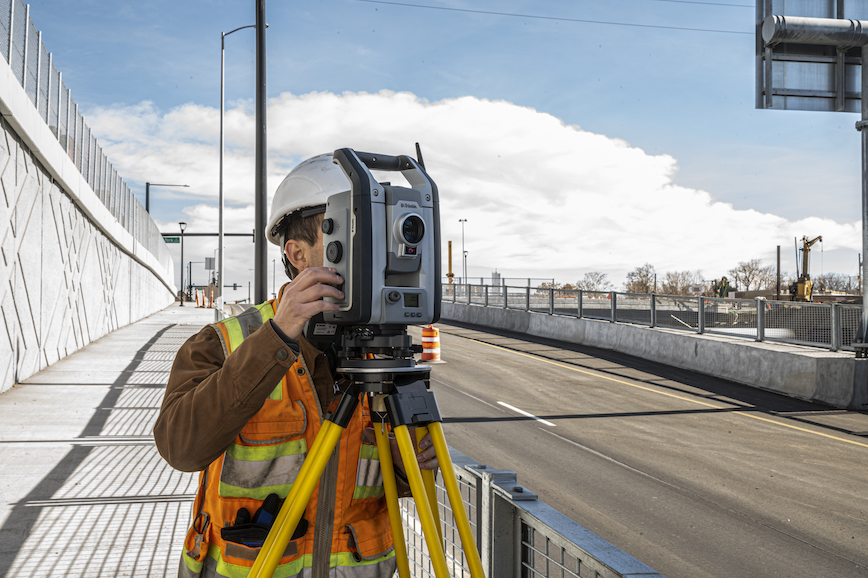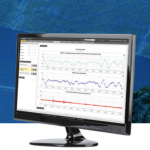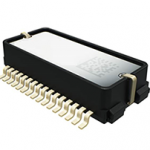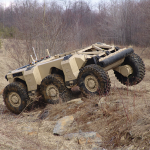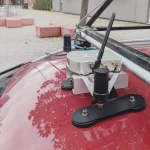Trimble has rolled out the latest version of its core geospatial automated monitoring software, Trimble 4D Control version 6.3. The software provides automated movement detection to enable informed decisions about infrastructure for surveying, construction and monitoring professionals.
Version 6.3 adds new capabilities for the software to work in combination with the Trimble SX Series Scanning Total Stations’ advanced imaging and measurement capabilities. This version also supports vibration and weather-station sensors and a streamlined workflow between the Trimble Access Monitoring Module in the field with the new T4D Access Edition used in the office.
Enhancements to the geospatial monitoring software provide increased accuracy; simplified sensor data collection, reporting and alarms; and make it possible to seamlessly move from semi-automated to fully automated monitoring on a project.
Integrated with the SX Series Scanning Total Station, T4D brings VISION imaging technology and high-accuracy Lightning 3DM technology for more accurate measurements, enabling a more dense target placement on linear corridors such as rail tracks, tunnels, roads and bridges. A live video feed makes it possible to better understand site conditions, manage target placement remotely and capture images for use with T4D visual inspection capabilities. These images can be compared over time and viewed next to the displacement or movement charts. This enables users to identify the potential cause of displacement and record movement changes over time.
Vibration and Weather
With the upgrade, vibration sensors from Syscom allow surveying, civil and geotechnical engineers to easily combine geodetic and geotechnical information supporting high-frequency and event-based vibration information. This data is often used for mandatory reporting on civil and infrastructure projects.
Integration with the Vaisala weather station analyzes the impact of environmental conditions such as temperature, rainfall, wind and atmospheric pressure in combination with other geospatial and geotechnical monitoring information, which is useful for slope stability analysis in mining, landslide and dam monitoring operations.
From Semi- to Fully Automated Monitoring
Automated, seamless transfer of field data from the monitoring module to software in the office makes it possible to scale monitoring operations from a semi-automated to fully automated monitoring system while maintaining the continuity of historical data in the same charts and reports.

